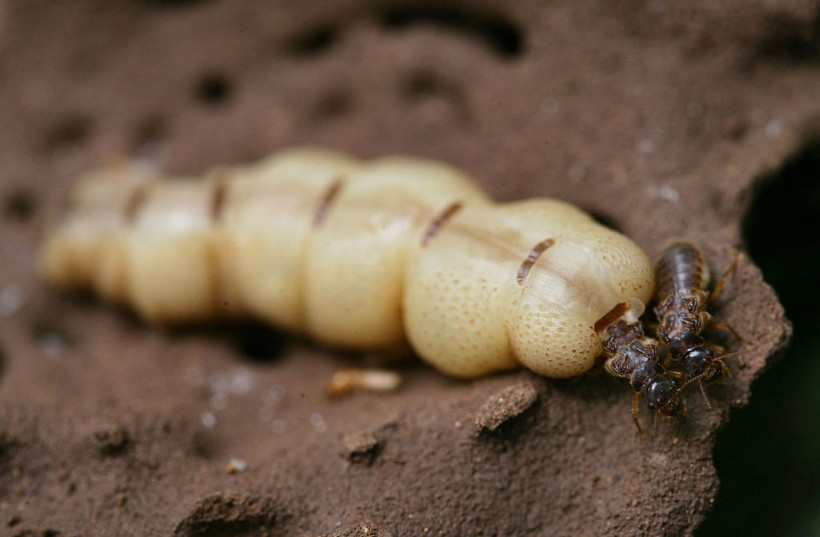(Photo : Photo by China Photos/Getty Images)
Numerous terrestrial creature groups are divided by long distances of enormous seas. The theories as to how species came so far apart are as diverse as the creatures themselves.
Countless creatures have caught journeys with mankind in current history, moving across the globe on our cars, agricultural goods, and bodies.
How Drywood Termites Crossed The Ocean Millions of Years Ago
Science Alert recently reported that previously, tens of thousands of years earlier, the land masses were linked, and creatures can simply move throughout the earth. However there appears to be a bit of drifting and wishing for the good from then to now.
According to recent research, the drywood termite's species (Kalotermitidae) is an adept at this, managed to cross the sea about 40 times in the previous 50 million years.
Termites are winged organisms, and while you might think they might travel by flight, they're really quite bad at soaring hundreds of kilometers, so they're best suitable to crossing enormous amounts of sea by another mode of transportation.
In the update given by main scientist Ale Buek, an underwater archaeologist from Japan's Okinawa Institute of Science and Technology Graduate University (OIST), he stated that the specie really adept at crossing seas and to demonstrate this, the scientists use the Krakatau archipelago.
A disastrous supervolcano in 1883 left the entire region barren, yet within only 100 years, various varieties of drywood beetles had reconquered the territory. The dispersion capacity of Kalotermitidae originates from their behavior, since they mainly breed and graze on solitary planks of wood that may drift throughout seas as bridges.
Several surviving Kalotermitidae genera are incapable to hunt beyond their breeding piece of timber, therefore forming tiny communities in timber objects such as rotted wood on tree trunks.
Evaluating large numbers of drywood insect pest specimens taken all over the globe throughout the past three decades, the experts concentrated to about 120 species of the genus, depicting 27% of the Kalotermitidae diverse culture and nearly the whole of the various species, giving the squad a great deal of details to collaborate with.
Also read: Sibling Cannibalism: Wasp Babies Eat Their Siblings
Drywood Termites in the World
The scientists determined that the oldest closest relative existed 84 million years ago by biologically monitoring their genetic lineage. This implies that some of the earliest divisions in the genealogy may have occurred across the territory prior the supercontinent Gondwana broke apart.
Nonetheless, the majority of the 40 or so breaks occurred fewer than 50 million years earlier, suggesting that these tiny land-hoppers were moving throughout the ocean. Furthermore, the study implies that scientists have been too hard on these tiny fellas and their primitive existence.
The Kalotermitidae often dwell in small minorities on a block of wood, which many academics believe was the 'traditional' manner insects existed until bigger and more complicated hive formations arose.
As per the authors of the study which is posted under the journal of Molecular Biology and Evolution, a few of the biological family's earliest generations farmed on numerous wooden planks, implying that the single-piece-of-wood method is a fairly modern adaption, presumably motivated by rivalry.
The investigation as per the experts simply serves to underscore how few scientists understand about beetles, their diverse habits, and the scope of their leisure events.
Since more data concerning their conduct and habitat becomes available, researchers will be likely to utilize this bloodline to learn more about the development of socialization in beetles and how organisms are so remarkable.
Related article: Wing Virus Has Potential To Wipe Out Honeybee Populations Worldwide
© 2024 NatureWorldNews.com All rights reserved. Do not reproduce without permission.




![Climate Change is Reducing Dust Levels Worldwide as Arctic Temperature Warms [Study]](https://1471793142.rsc.cdn77.org/data/thumbs/full/70320/280/157/50/40/climate-change-is-reducing-dust-levels-worldwide-as-arctic-temperature-warms-study.jpg)

